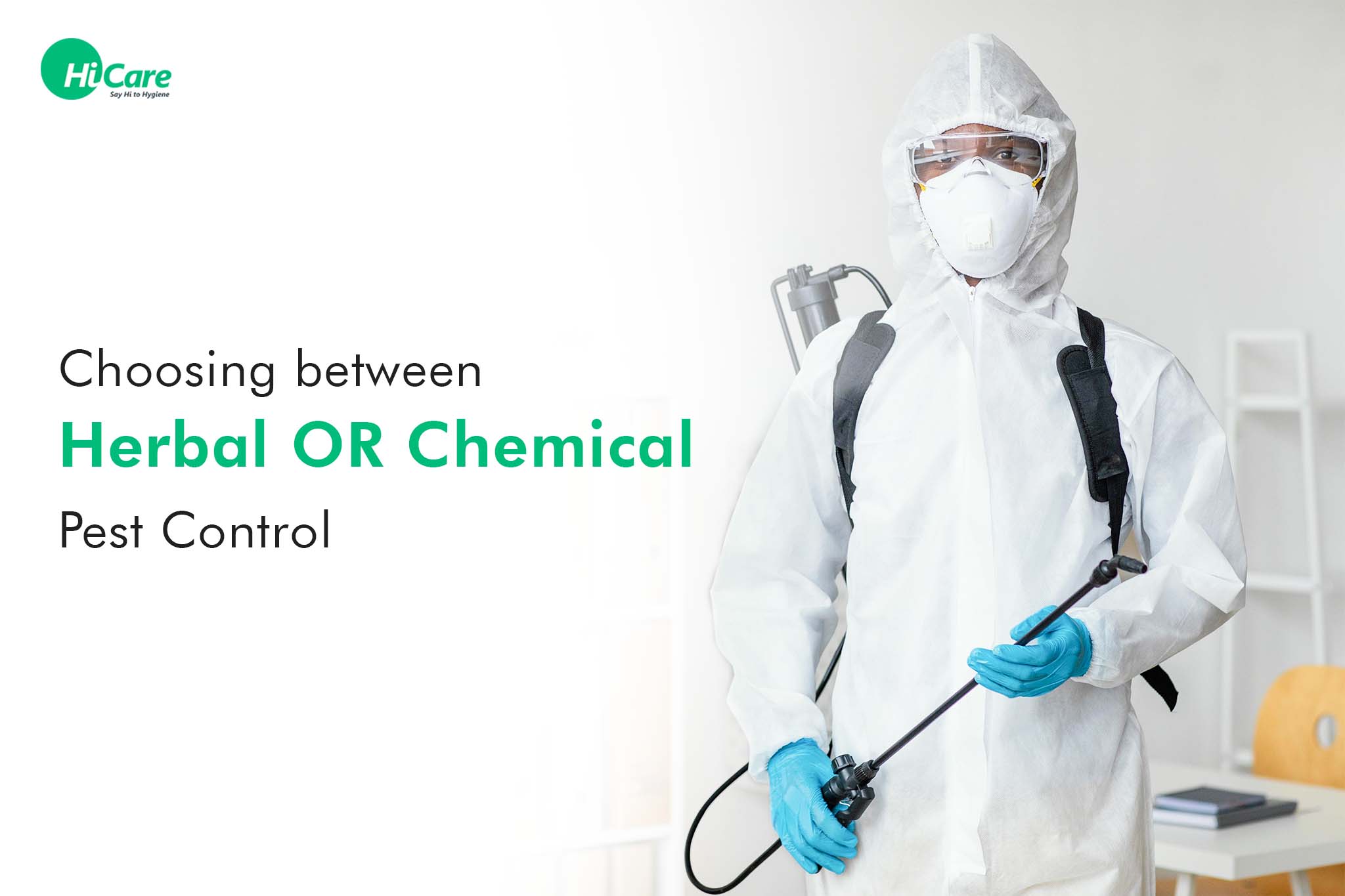A1 Bed Bug Exterminator Charlotte - Specialized Bed Bug Elimination
Wiki Article
Bed Pest Therapy Malfunction: Contrasting Chemical Vs. Non-Chemical Solutions
In the world of pest control, especially when handling the consistent issue of bed bugs, the choice between chemical and non-chemical therapy services can be a critical one. Both strategies provide distinctive benefits and drawbacks, influencing elements such as effectiveness, safety considerations, and overall price. By examining the nuanced details of each technique, a more clear understanding of which path to seek in attending to a bed insect infestation can be attained.Efficiency of Chemical Therapies
Chemical treatments for bed bug infestations have actually been extensively recognized for their quick and powerful effectiveness in getting rid of these pests. When taking into consideration the effectiveness of chemical therapies, it is critical to recognize that they can provide a quick and detailed remedy to a bed pest issue.Furthermore, chemical therapies have the advantage of offering recurring effects, indicating that they can remain to get rid of bed bugs also after the preliminary application. This residual action is specifically valuable in combating any kind of possible re-infestations. Additionally, the fast activity of chemical treatments can bring relief to individuals dealing with extreme bed insect infestations, allowing them to regain control of their home rapidly.
Safety And Security Worry About Chemical Solutions
One critical aspect that needs mindful factor to consider when using chemical options for bed bug therapy is ensuring the security of residents and the environment. Exposure to particular chemicals used in bed bug therapies can lead to respiratory system issues, skin irritation, or other adverse reactions, specifically in people with pre-existing conditions or sensitivities.Moreover, the ecological influence of chemical options is an additional considerable consideration. Some chemicals used in bed bug treatments may be hazardous to valuable bugs, wildlife, and environments if they leach right into the soil or water systems. It is vital to utilize chemical therapies judiciously, following safety and security guidelines, and considering much less harmful options to alleviate these threats and make sure the effective and secure management of bed pest problems.
Advantages of Non-Chemical Strategies
Considering the prospective security concerns and environmental impact connected with chemical remedies for bed bug therapy, discovering non-chemical methods provides an appealing choice with several unique benefits. Non-chemical therapies are environmentally friendly, as they do not contribute to air or water pollution, making them a sustainable choice for bug control.Furthermore, non-chemical remedies can be efficient in targeting bed bugs, including hard-to-reach locations where chemical therapies might not pass through. Techniques such as warm treatment, vacuuming, vapor cleansing, and mattress encasements supply detailed obliteration without the usage of harmful chemicals. In addition, non-chemical strategies can be much less disruptive, calling for minimal prep work and enabling quicker reentry into dealt with areas. In general, choosing non-chemical bed pest treatment methods not only prioritizes safety and environmental management but also guarantees efficient and detailed parasite control.
Limitations of Non-Chemical Treatments

In addition, have a peek at these guys non-chemical treatments typically need numerous applications to achieve effective elimination. This can be taxing and may not always guarantee full elimination of all bed bugs and their eggs, particularly in hidden or hard-to-reach areas.
Moreover, the success of non-chemical treatments greatly depends on correct execution and thoroughness, which can be testing for individuals without specialist knowledge. Insufficient application of non-chemical techniques might lead to incomplete eradication, causing persistent invasions and the demand for added treatments.
For that reason, while non-chemical treatments have their benefits, it is crucial to recognize these restrictions and consider them when determining the most reliable method for taking care of bed insect infestations.
Cost Comparison: Chemical Vs. Non-Chemical Options
Offered the restrictions linked with non-chemical treatments, a necessary element to review in the context of bed insect monitoring is the price contrast between chemical and non-chemical options. Chemical treatments typically involve the application of pesticides by professionals, which can vary from $250 to $900 per space, depending on the severity of the invasion and the size of the area to be dealt with. On the other hand, non-chemical treatments like heat treatment or vapor can be much more costly, with expenses ranging from $1,000 to $6,000 for a Continue whole home. While the preliminary price of chemical therapies might seem lower, multiple therapies may be needed to fully eliminate the invasion, possibly boosting the general cost. On the various other hand, non-chemical options may provide an extra eco-friendly and lasting remedy, although they can be cost-prohibitive for some individuals. Ultimately, when thinking about the expense of bed bug therapy choices, it is necessary to consider the ahead of time expenditures versus the efficiency and lasting go right here sustainability of the picked approach.Verdict

Considering the prospective safety concerns and environmental effect connected with chemical solutions for bed bug therapy, exploring non-chemical approaches presents a promising alternative with a number of distinctive benefits.Offered the restrictions associated with non-chemical therapies, an important facet to examine in the context of bed insect management is the price comparison between chemical and non-chemical alternatives. In contrast, non-chemical treatments like warm therapy or heavy steam can be more pricey, with expenses varying from $1,000 to $6,000 for an entire home. While the preliminary cost of chemical treatments may seem lower, several treatments might be required to completely eliminate the problem, potentially raising the total expense.In conclusion, when contrasting chemical and non-chemical bed pest therapy alternatives, it is crucial to take into consideration effectiveness, security, benefits, restrictions, and expense.
Report this wiki page